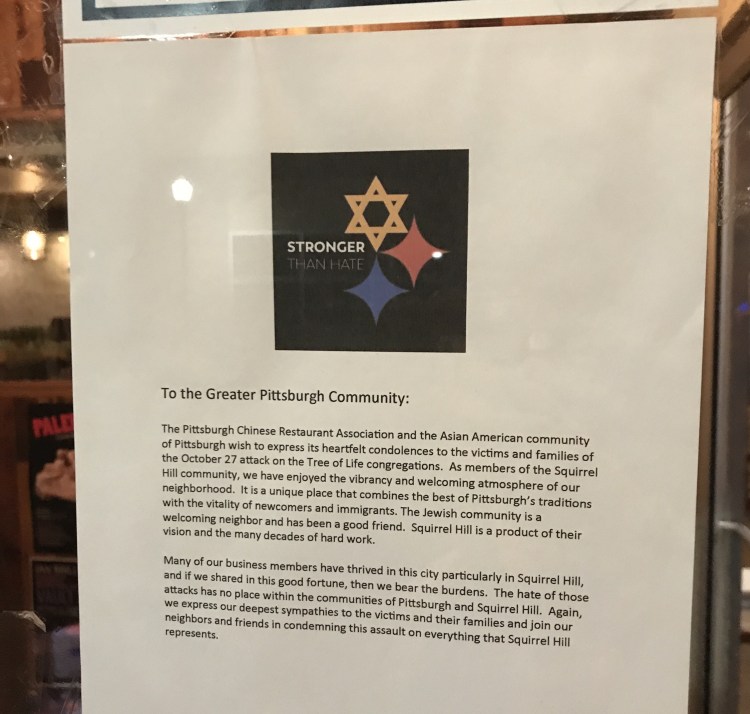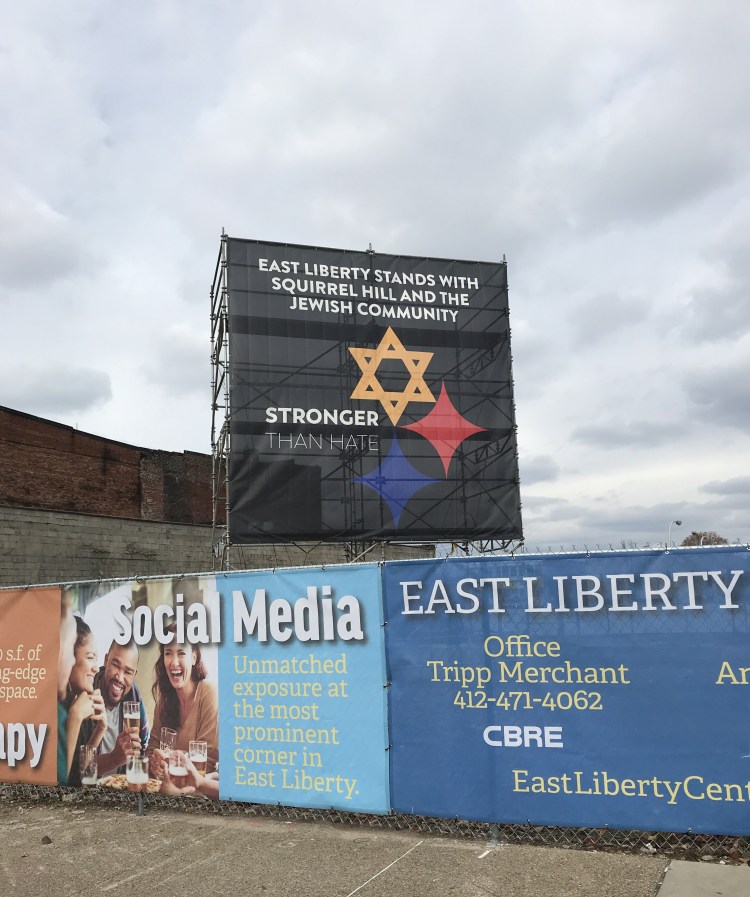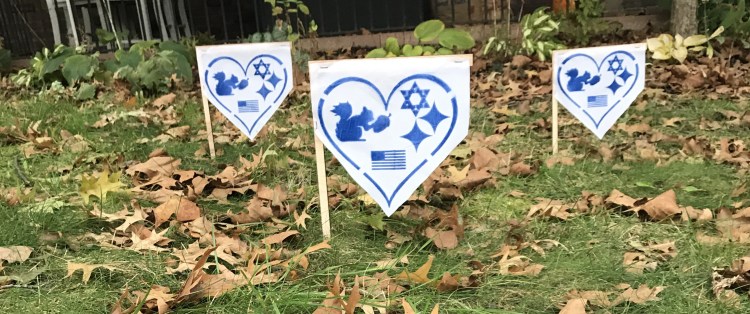This morning we are briefly departing from our usual coverage on The Metropole to reflect on the intersection of pedagogy and current events. In this post, co-editor Avigail Oren comments on her experience in the classroom following the attack at Tree of Life.
On Monday, October 22, I began teaching a half-semester course at Carnegie Mellon University on the history of immigration to the United States. Within days, this history became personal. One mile away from campus a man murdered 11 Jews at prayer in their synagogue, in a violent act of protest against the Hebrew Immigrant Aid Society and the Jewish legacy of support for immigration.
My body showed up to teach on the Monday after the shooting. From notes I printed out in my office beforehand, I read a lecture about Jewish immigrant John Jacob Astor. I have little recollection of what I said. In the final minutes of class time, I told students that they were welcome to leave if they felt unready to discuss the shooting, but that I was holding space for a discussion if anyone wanted to stay. I began by telling them that Tree of Life refers to Torah, to the revelation of God that comes through studying that holy text: “It is a tree of life to all who grasp it, and whoever holds on to it is happy; its ways are ways of pleasantness, and all its paths are peace” (Proverbs 3:17-18). I explained to them that we do the same thing in the history classroom—study texts to achieve revelation about our place in the world. We study so as to make visible the tightrope we walk between the past and the future we are trying to build (or stave off). There I stopped, opening the floor for questions.
The first student to speak was the President of Chabad at CMU. He showed up for class wearing a kippah (yarmulke) as a visible statement of his Jewish identity. He asked, in more words, “how did we get here, to a moment of such hatred and violence?” And I explained that domestic terrorism was not new in this country, not for slaves or descendants of slaves or anyone with dark skin. Not for poor people or queer people or immigrants. And not for Jews either. I cannot recall if I concluded with some thoughtful tying of the bow, circling back to the present. I may simply have run out of energy and ceased speaking. I know other students asked questions but they are lost to memory. On Wednesday I canceled class and told my students to read a chapter from their textbook about the nativist Know Nothing Party.
Memory was a struggle for weeks afterwards. I walked into rooms unsure why I was there. I no longer knew the names of people I spoke to regularly. I was constantly searching for words. My students noticed this. When we returned the next Monday—and for many lectures after that—they had to fill in the holes in my memory. If a word or name or date was not written in my notes, it was a gamble whether I’d be able to recall it.

Yet, it ended up being the best semester of teaching that I have ever had. There is nothing like a local hate crime motivated by nativism to prove that immigration history has enduring relevance. My students felt personally invested in the subject and began following the news more closely. They brought this perspective with them into our discussions.
It also changed me as a teacher. First and foremost, I stopped sweating the small shit. Stochastic violence has a way of putting things into perspective. I gave extensions and was flexible about attendance and allowed revisions and provided extra credit opportunities. I focused more on each individual student’s growth and less on grades.
More notably, however, I became a more fervent defender of the rights of immigrants. I absolutely hammered the point that immigrants are human beings with bodies that are viscerally affected by the experience of migration, resettlement, assimilation, and how immigration restrictions denied them a chance at safety and were used to uphold the power of the powerful. If my students found me biased, they did not express it, but I do not care regardless. The dominant political narrative assumes that immigration restriction is a public good and sound policy, and so they have heard and will continue to hear that perspective. They may choose to disregard the polemics of their radical professor. But I made sure they heard it.

At the end of the final lecture of the semester, I thanked my students for their patience and commitment. I told them that after the shooting I was unsure that I would be able to finish the semester, but that teaching them this history (and thereby reinforcing my own knowledge and understanding of U.S. immigration) had been healing. Part of that was watching them become aware of the continuities between the nativist rhetoric and policies of the past and those of the present moment. But it was also realizing that they cared and empathized with immigrants. There was one Robert Bowers, but in front of me sat 23 empaths. That gave me hope to persevere, in the classroom and beyond.

Avigail Oren is co-editor of The Metropole. She moved to Pittsburgh in 2011 to attend graduate school at Carnegie Mellon University, where she still sometimes adjuncts.


